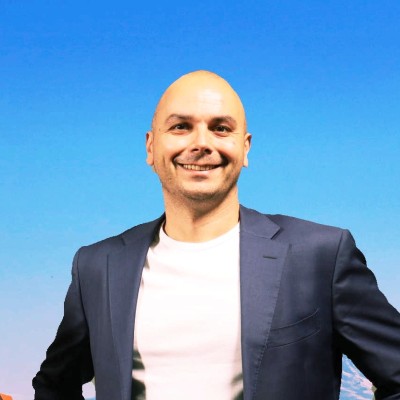- Video Library
- Lars Grieten, FibriCheck - Atrial Fibrillation Detection & Monitoring | LSI USA '24
Lars Grieten, FibriCheck - Atrial Fibrillation Detection & Monitoring | LSI USA '24

Lars Grieten
At the helm of FibriCheck, I am pioneering the integration of AI in digital health, creating software solutions that empower individuals and healthcare professionals alike. Our team's dedication to innovation has resulted in two regulatory cleared products, including an AI-based PPG analysis solution for detecting heart rhythm disorders using consumer technology
Lars Grieten
At the helm of FibriCheck, I am pioneering the integration of AI in digital health, creating software solutions that empower individuals and healthcare professionals alike. Our team's dedication to innovation has resulted in two regulatory cleared products, including an AI-based PPG analysis solution for detecting heart rhythm disorders using consumer technology

17011 Beach Blvd, Suite 500 Huntington Beach, CA 92647
714-847-3540© 2025 Life Science Intelligence, Inc., All Rights Reserved. | Privacy Policy







